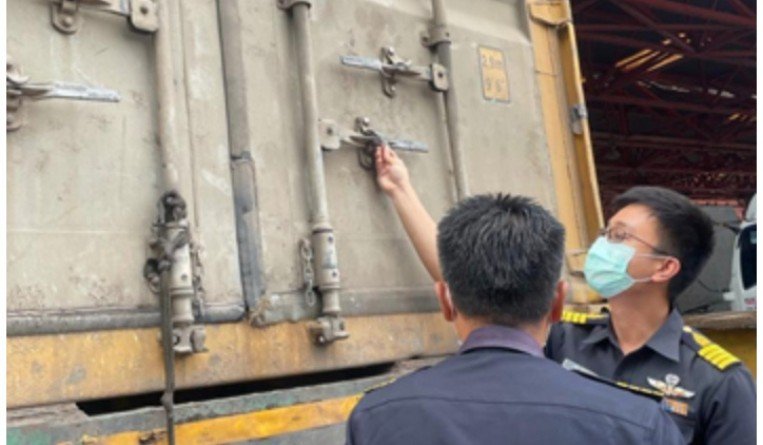The six ASEAN member countries who have so far started implementing the ASEAN Customs Transit System (ACTS) as part of the economic bloc’s move to harmonize trade in the region have cited a 40% cost reduction for overland transport within participating states.
The single cross-border transit system officially went live on November 2, 2020, with Cambodia, Laos, Malaysia, Singapore, Thailand and Vietnam – six members of ASEAN connected by land borders – joining the initial launch.
“The reception to ACTS has been extremely positive, as the system offers significant cost savings in regional transport of goods by road, and supports ASEAN wider economic integration agenda,” a spokesperson from ACTS, spearheaded by national customs authorities in ASEAN, told Asia Cargo News.
The ASEAN countries have earlier committed to trade facilitation under the ASEAN Economic Community (AEC) Blueprint 2025, which outlined the goal of member-states to reduce trade transaction cost in the region by 10% in three years from 2017.
But the initial result of the online customs transit system has shown a far larger cost reduction for overland transport of goods within the six countries that have so far joined the initiative.
“Initial transit movements performed under ACTS have resulted in a 40% reduction in costs, as reported by the operators,” the spokesperson added.
Separately, S. Pirithivaraj, general manager of City Zone Express, a Penang-based provider of trucking, shipping and freight services, noted the same observation as a user of ACTS.
“Using ACTS is very beneficial to logistics service operators. The fact that we do not need to undergo national custom clearance procedures in every single country we enter allows us to save significantly. We have estimated the savings to be around 30% to 40%. This is by far the most competitive advantage from using any other mode of transit available in ASEAN,” Pirithivaraj added.
While the coronavirus pandemic has disrupted much of the activities planned to promote ACTS, the single cross-border transit system is expected to eventually onboard all the other countries in the economic bloc, including Brunei, Myanmar, Indonesia and the Philippines, once the provision covering sea transport is rolled out.
“Six countries are connected to ACTS, [and] there are plans to connect the remaining countries. It would be advisable to wait for Ro-Ro ferry services to be implemented for the accession of Indonesia and Philippines to ACTS,” the spokesperson added.
Currently, there’s a limit of 500 trucks which can be used by each member state, although Sophal Kong, chair of the Transport Facilitation Working Group and deputy director general of Cambodia’s Ministry of Public Works in Phnom Penh, said earlier that this should be increased to maximize the benefits of the system, noting that the limit is “far too low,” and that “at least 10,000 trucks” should be allowed per member state.
“This limit is currently being reviewed, and a market survey will be run in the near future to determine the needs of the transport operators in the different countries involved. ARISE Plus is of the view that the limit should be vastly increased, or even removed altogether,” ACTS told Asia Cargo News, referring to the ASEAN Regional Integration Support from the European Union Plus (ARISE Plus) programme.
Aside from the cost savings through the use of ACTS, the system also permits faster transit movements as no customs declarations are required at transit border crossings. ASEAN member states have also agreed to markedly reduce the scale of physical examination of transit goods at borders.
“When we move goods under ACTS, the benefits that we obtain as the logistics service operator are also passed to our client, importer, exporter or manufacturer,” Pirithivaraj said, adding that the automatic acceptance of declaration and less border inspections help the logistics sector become more efficient.
“They are able to determine the arrival timing accurately and based on the current supply chain needs, it helps with trying to keep minimal inventory and efficiency in production planning,” he added. “In summary, it’s a seamless clearance, faster transit and reduction in costs [for us].”
The system is expected to support the ASEAN in its objectives of doubling intra-ASEAN trade by 2025.
Charlee C. Delavin



